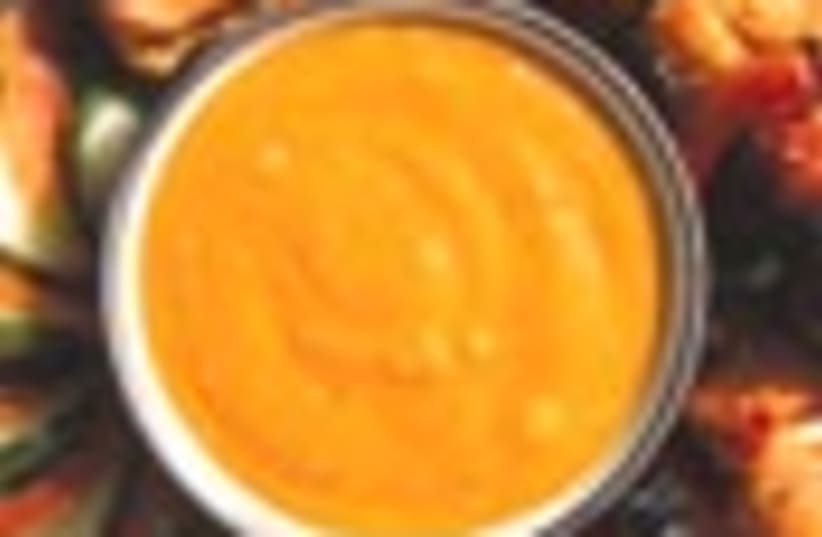| More about: | Java, North America, California, Indonesia |
Savory satays
As soon as my husband, my niece Liora and I stepped into the Malaysia pavilion of the All-Asia Expo at the Los Angeles convention center, we were greeted with smiles and with satays.
